Amateur Sailing Video Shoot & Editing
When posting first quality video material sent by EasyRide Videos, Wanaii Films , Beau Outteridge Productions and the short film Productions by Catarina Jentzsch and Johannes Obermaier I usually wonder on the equipment they used and their stabilization system/workflow. At Carnac I saw an impressive innovative personal hanger rig system for DLSR shooting. But they used fixed lens with a short range that ended not matching the incredible stable footage quality.
There are also some more conventional rigs, and more simple ones like Glidecam HD Series.
The Pros above are using a range of Cameras from Canon 5D to Sony FS700. DLSR are being used on the sensor full 35mm size that provides higher quality than even some Pro camcorders.
For sailors and coaches to shoot from a rib the best prosumer cam I’ve seen / researched so far is the Sony NX30. That offers a self stabilizing physical lens optic, this is not optical usual stabilization but the actual lens frame moving like with a gyro system inside to keep the shot stable.
Higher end cameras from Sony do not feature this gyro system and rely
on more standard optical and digital/system stabilization. I’ve seen some tests and the Sony PXW-X70 has the same final result as the NX30, but with a 1″ sensor and 4k capabilities.
Regarding 4k the research I made is not worth right now beyond Pros wanting to downscale to 1080p 60p HD. Not many desktops/laptops displays are offering 4k and TV are stating to spread.
4k files are huge to edit requiring high end systems.
If you want to shoot 4k the best value option right now is Panasonic GH4, latest Gopros also have 4k video.
Then you have cinematic style camcorders like the Sony FS700 used along DLSR from Canon for latest German A-Class Nats short film & Canon C series with interchangeable optics, in the +4000 range.
But some of the best sailing videos published in CSN by the Pros mentioned above were filmed in Canon DLSRs. So in the end the shooting, framing & post edition makes a good video what is, beyond using the latest 4k pixel technology.
I’m starting to shoot & learn and after some research in dec 2103 I went with the Panasonic FZ200. The best point&shoot + 1080p 60p AVCHD + 28-600mm optical zoom + full manual controls combo out there below system cameras and entry level DSLR. Is the all in one package.
After a late research I did to go for a specific camcorder I realize this camera provides the quality to keep learning (1080p 60p is only surpassed by 4k cams). Plus Adobe Premier Elements and you are ready to start your own video projects on a budget.
In the end I decided to invest in an editing workstation with the following system conf:
– Proc: AMD FX6300
– Mother: ASUS M5A99x EVO R2
– RAM: 8GB 1866MHZ Kingston
– Grapchics: AMD R7 260X
Facilitating the edition of AVCHD 1080p 60p videos that I intend to use from now on. At Carnac I used mostly 720p. Also I will build a custom rig similar to glidecam series.
Videos in this post were made with the FZ200, the only editing is stabilization in adobe premiere elements I got some days ago. After seeing the results I will need to re do the Carnac Long distance vid.
Video above is a clear proof of wasted key material from a Long Distance race transformed in valuable data, as we can see how is really racing these machines with winds and waves, it is not that easy as the recreational rides we’ve seen and report , some available in videos posted below.
The key to a good post software stabilization method is seeing at the frame top border the vertical lines (sail/mast/etc) and looking at foils too, for amateurs yt stabilization gives you a rubber made awful distortion.
Check below some videos I edited from Carnac with applied soft stabilization. They look filmed on a rig / steady cam. With little image deformation (I remember some Oracle AC72 training videos where this small distortion was visible too) and only noticeable when zooming closeup on Nathan’s ride that could be further edited to remove stabilization in those frames, the same with tone / gamma / tint etc. Only applied effect in videos is the anti shaking effect.
Based on these results, plus adding a simple glidecam style rig I will able to shoot some pretty stable stuff, which is key for any good on the water sailing video. Watch FP vids in yt HD setting.

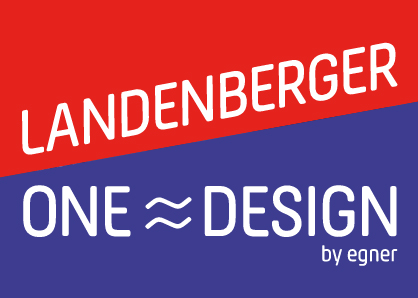
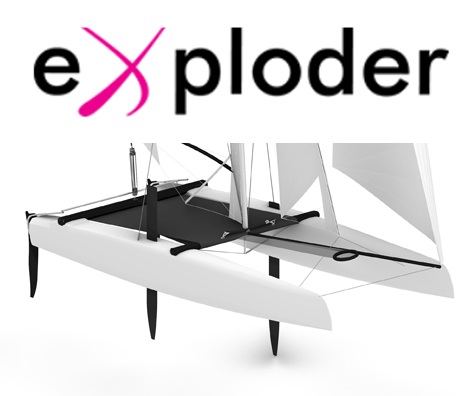
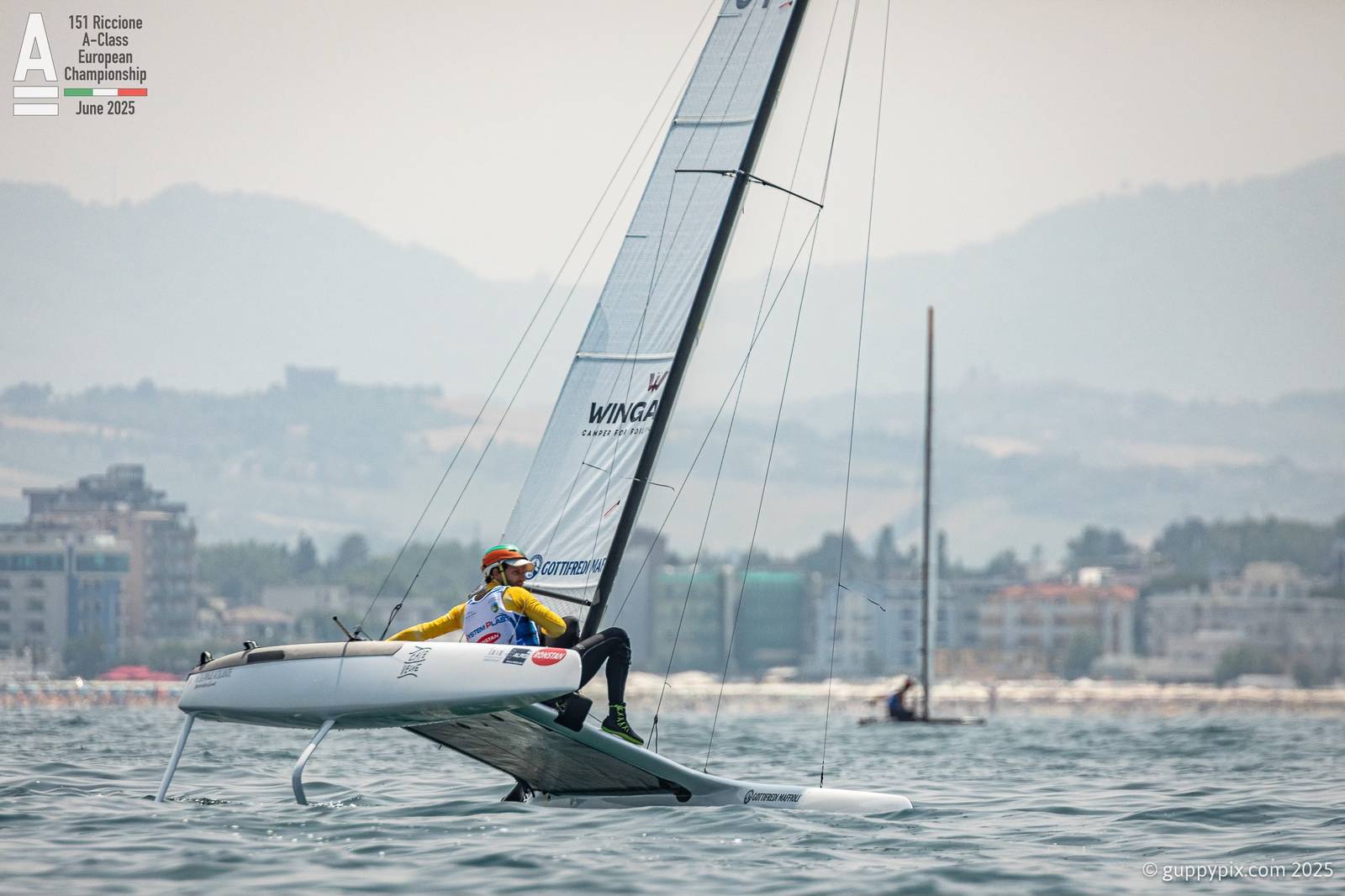
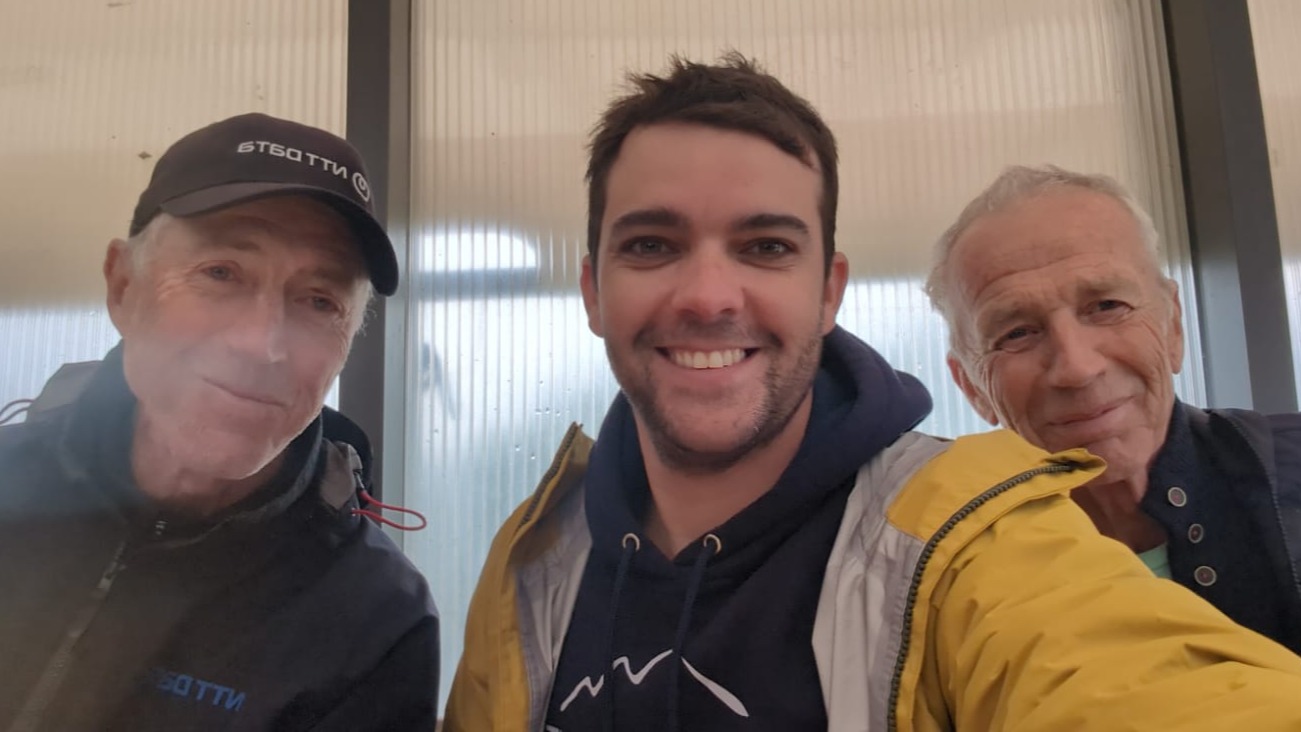
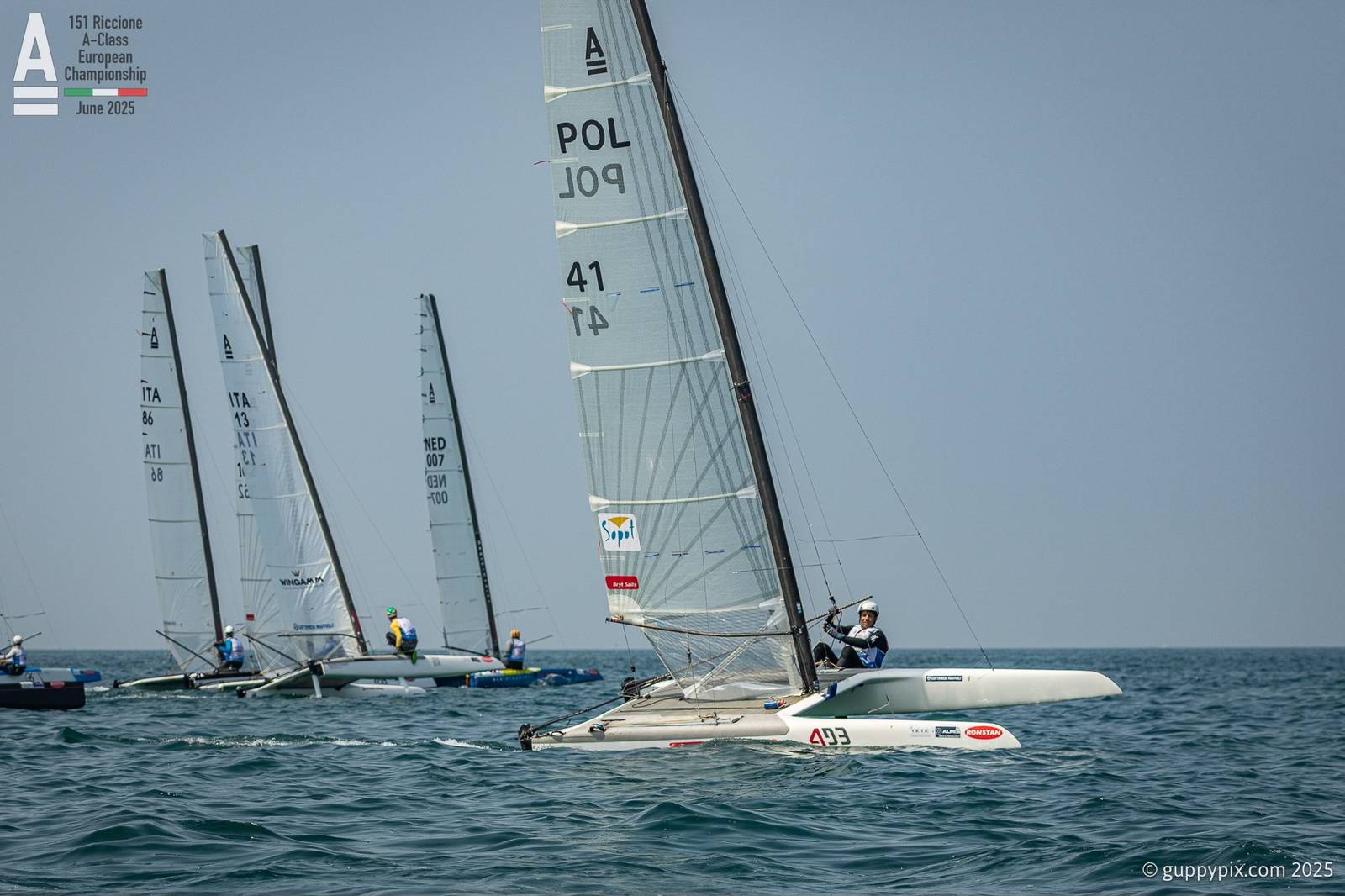
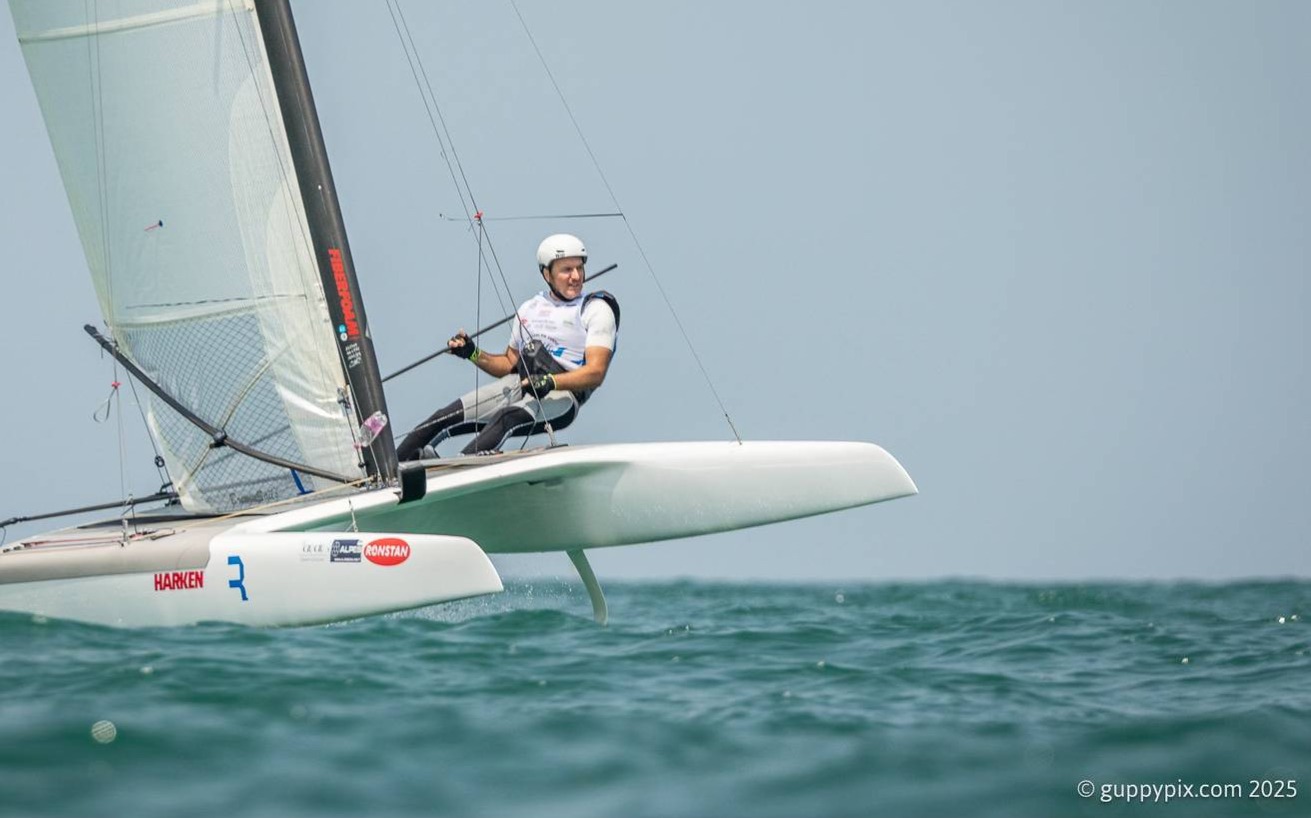
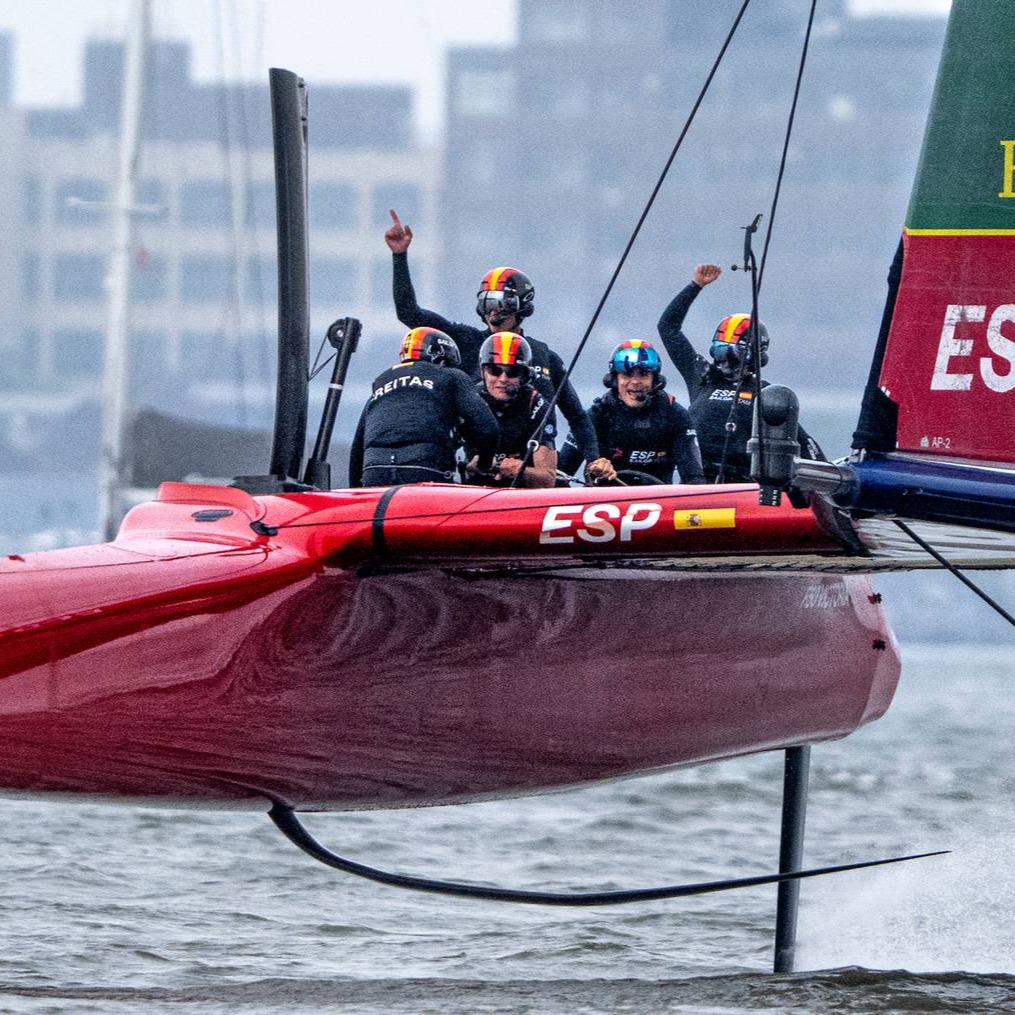
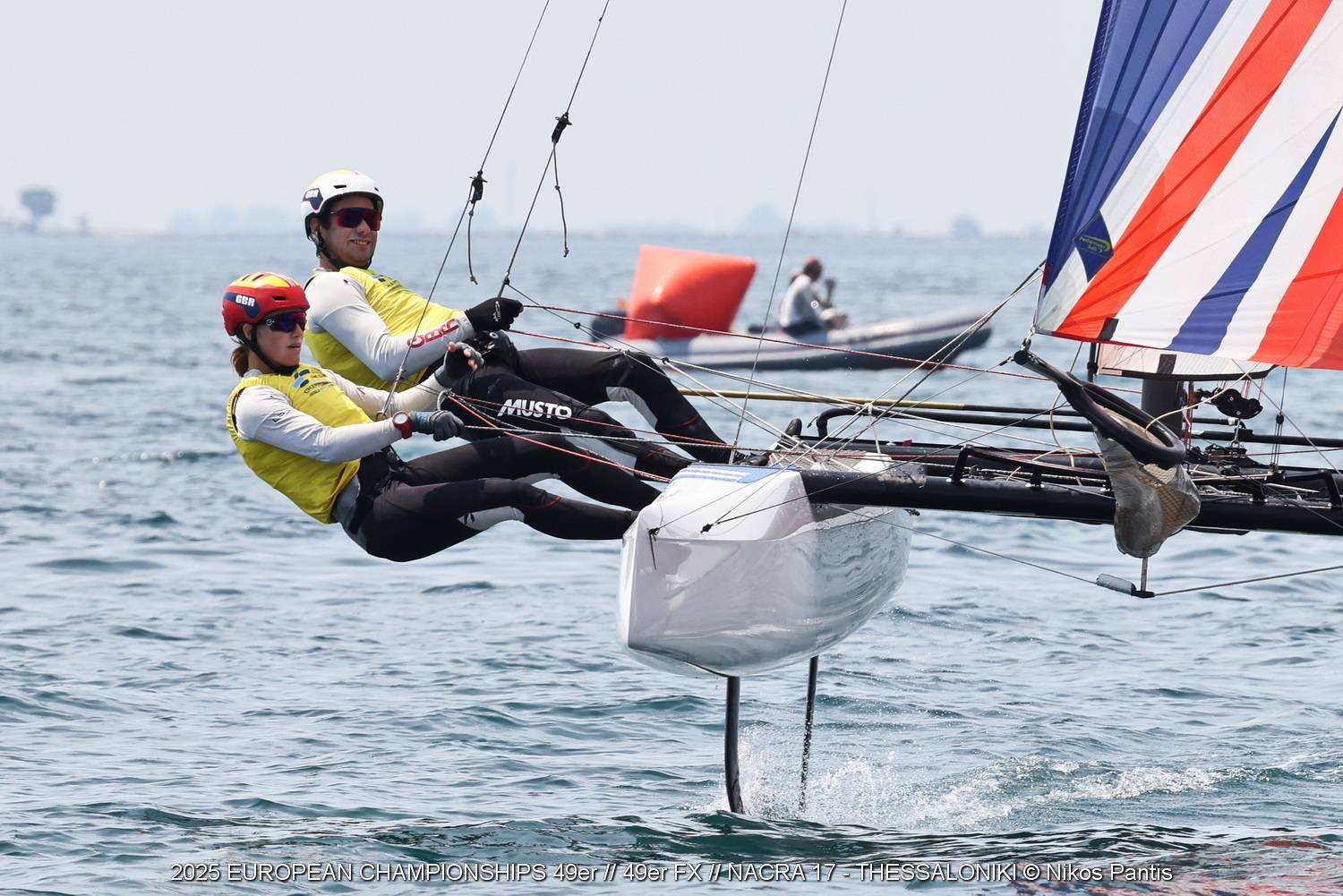
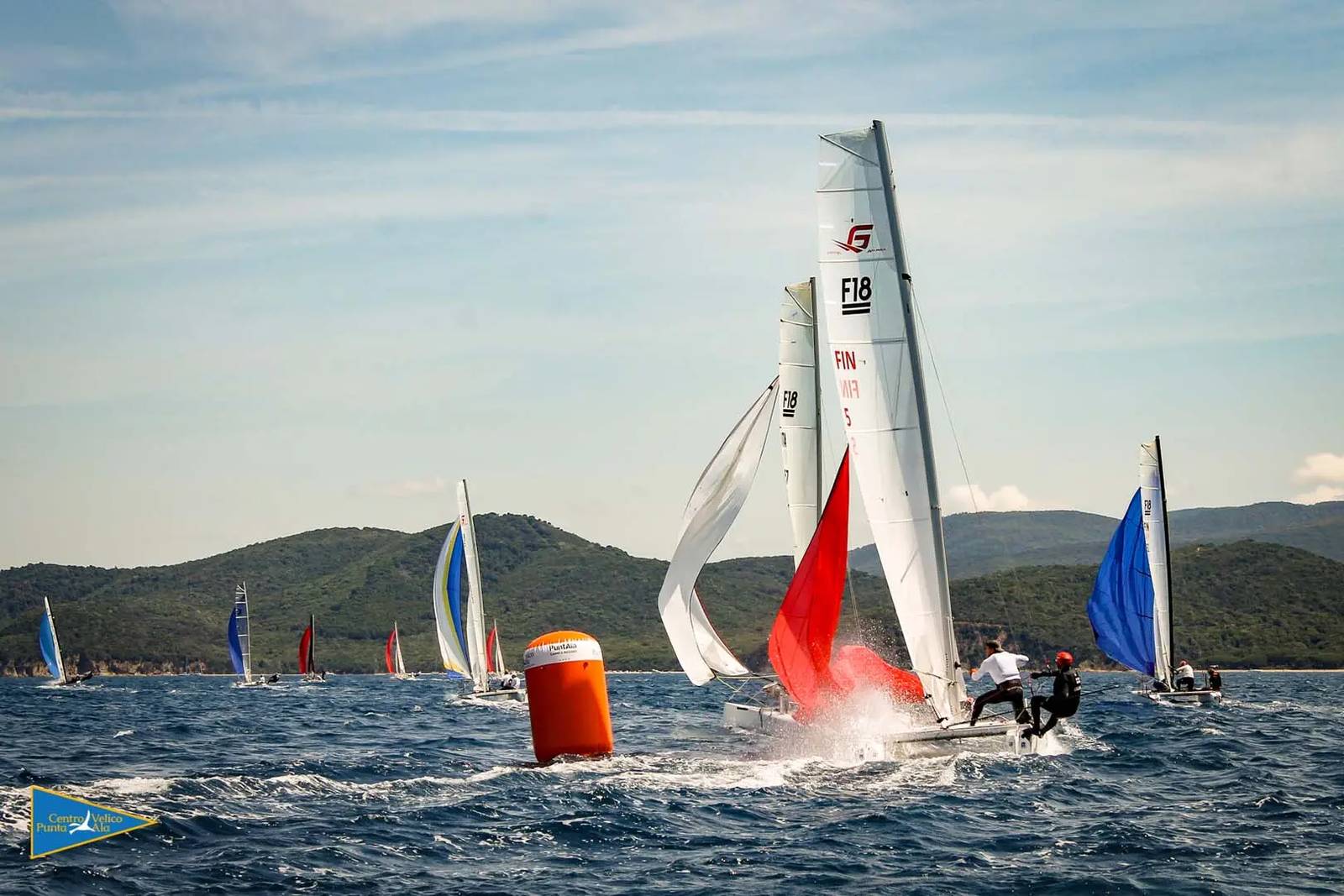
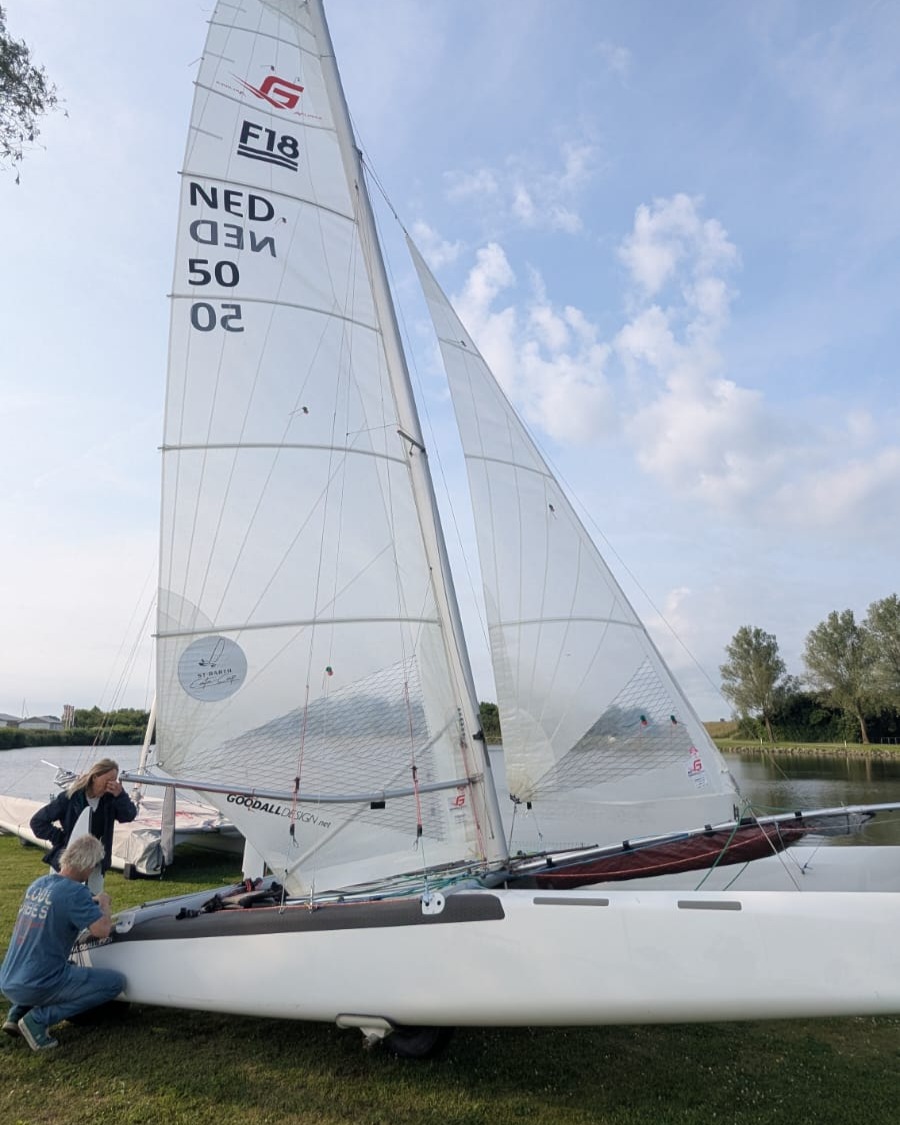
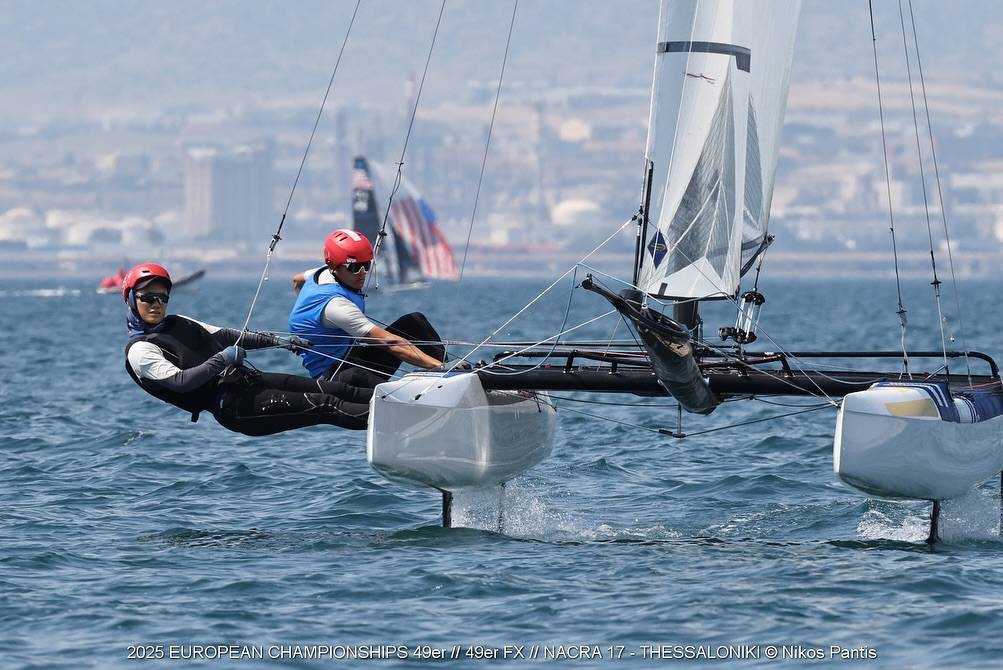



















This is an absolute amazing project!!! Think about the possibilities for all fanatic cat sailors, that do NOT have 25 K for realizing their sailing or flying dreams. I wish all the success to these guys – from far germany…
would love to know the construction process for the foils!
Hi Barry, this stuff looks fantastic, would be great to see a set of plans for it! A bit of a random question as well, Do you know of any good plywood construction methods that do not involve Epoxy Resin (any other resins seem fine) just as I found out the hard way on a previous project that Epoxy + Me = Extreme Hazard.
hi Nelsen, there are other glues to be used , but im no expert prehappes
someone else can help in this department. resoursenal glue??
Thanks Barry, Are you guys going to publish some plans? Just finished competing in the Tornado worlds, looking at the next project now, and keen on building something I like the look of, and I think this takes the cake!
My son brad is getting some together at present give me a couple of weeks he is doing his best
That's fantastic, great work by both of you guys!
Any news about any available plans? It's quite a feat you got here and I would jump at any opportunity to build one!